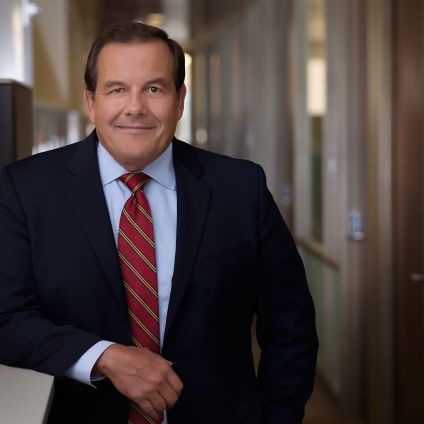Investors address the expectation gap Can investors help address the audit expectation gap?
The expectation gap in audit has been with us for many years and I’m not sure we’ll ever entirely eliminate it. Simply put, it’s the gap between what auditing standards require an audit to cover and what stakeholders believe it covers. It’s become a familiar part of the auditing lexicon.
It was this phenomenon that sparked a fascinating panel discussion at the recent International Corporate Governance Network (ICGN) conference in Tokyo, that I was delighted to take part in.
As I’ve written about before in a previous blog, auditors have a primary role to play in closing the expectation gap. In an uncertain world, we know that investors are looking for greater insight into future performance and as auditors, we need to find ways to provide assurance over forward-looking information. Expanded auditor reports that give greater insights into key audit matters, together with a growing emphasis on data & analytics to perform risk analyses and assessment have certainly helped but there remains further to go.
But what about investors? What is their perspective on the expectation gap and what are the ways they can help to narrow it? We heard some really interesting views in the discussion at the ICGN.
One of the difficulties in tackling the gap is that it’s largely a matter of perceptions, as Yoshio Okubo, Chairman, International Advisory Committee of Japan Securities Dealers Association, observed. Another issue is that awareness of the actual scope of an audit is still patchy in some quarters.
| “Perception is a fuzzy concept that varies across different individuals and constituents. Investors may have different expectations from the public or the press, for example. Some stakeholders believe an audit is more comprehensive than it actually is, involving the testing of more transactions and balances than is actually the case.” – Yoshio Okubo |
Anne Molyneux, Vice Chair of the ICGN, reiterated that investors and other stakeholders are placing increasing importance on assurance over forward-looking information. However, as she observed, some companies are more transparent about their future business model, strategy and risks – but others are not. If companies don’t provide such information, investors need to go and look for it. But most published information is either backward-looking or, if it has a future perspective, it’s unaudited. This is why engagement and discussion between auditors, investors and those charged with governance is key.
| “Investors have a greater role to play themselves in coming to really understand audit issues. They need to spend more time talking to auditors so as to understand what capabilities they have today. In a world where risks can morph at the drop of a hat, they need to be clear over what work auditors perform over forward-looking information.” – Anne Molyneux |
Another important aspect is to engage with companies and their audit committees, at AGMs and in more informal settings (where more detailed discussion is possible). As Anne pointed out, investors should be asking the Audit Committee for their views with respect to the key audit matters raised by the auditor, and whether it has discussed these matters with management. By doing this, Audit Committees can further address the gap by acting as a bridge if you like between the audit process, company management and the investor community.
For me, the multiple connectedness of the financial reporting process was one of the things that came through in the session. Therefore, no one player can solve the expectation gap on their own. In many ways, it comes down to increased dialogue and engagement across the entire financial ecosystem.
| "Increased engagement means a decreased expectation gap. We need deeper relationships to be forged between all stakeholders.” – Takuji Kanai, Head of Audit at KPMG in Japan, panel moderator |
As auditors, we’re keenly aware that we need to do everything we can to address the gap, getting the basics of a high quality audit right every time, communicating as openly as possible and working to address investor demand for assurance over forward-looking information.
But investors, along with other key parties, have critical contributions to make. We need to find ways of narrowing the gap through common goals and endeavors.
Stay up to date with what matters to you
Gain access to personalized content based on your interests by signing up today


